Table of Contents
With inflation fluctuating and economic futures unstable throughout the world, how can you ensure your retirement savings stay secure? Many people have turned to investing in precious metals to diversify their portfolios. But how much will silver be worth if the dollar collapses?
Keep reading to discover why the price of silver could increase if the dollar collapses and everything you need to know before investing in silver.
Economic Factors Affecting Silver Prices
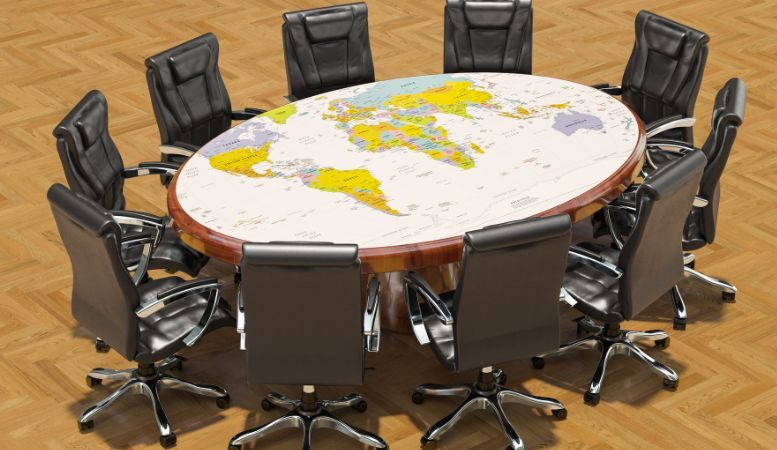
While silver prices have increased an average of 11.15% between 2000 and 2022, the precious metal experiences highs and lows like any other tradable commodity. These price changes happen due to several factors, like inflation, economic instability, demand, and the use of silver in industrial applications.
Dollar Inflation Impact
In general, silver increases in value at twice the rate of inflation. For every one percent inflation rise, silver prices increase by two percent. This general trend makes silver a reliable inflation hedge and provides an optimistic outlook for those worried that currency devaluation might hurt their purchasing power.
Global Economic Instability
While the price of silver isn’t completely insulated against fluctuations, it’s more stable than many other commodities. Historically, as global events increase economic uncertainty and decrease confidence in currency, more people invest in silver to protect their portfolios.
Investor Demand Fluctuations
As a limited resource that costs money to locate and mine, silver isn’t exempt from the laws of supply and demand. As silver investment rises in reaction to inflation or a financial crisis, the price of silver products rises in response to dwindling availability.
Because of silver’s use in a variety of industries, investor demand for the precious metal should continue to increase.
Industrial Silver Consumption
How much will silver be worth if the dollar collapses? The use of silver in many industrial products like solder, batteries, dentistry, water purification, circuit boards, and more means silver is always in high demand. Even if the dollar collapses, the demand for silver won’t disappear, so many investors choose silver as a stable haven for investment.
Historical Precedents of Currency Collapses
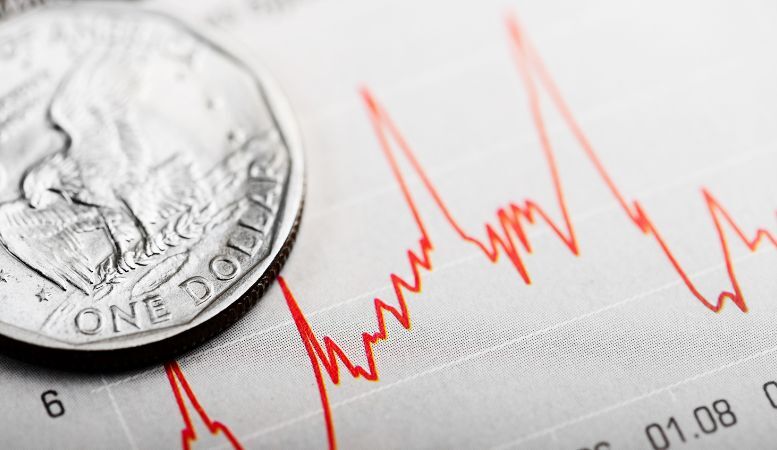
What does history say about the relationship between currency collapses and the price of silver? The world experienced its most severe financial collapses in 1978, 1982, 1990, 1998, 2009, and 2011.
While silver prices generally plummeted after the crisis was over, some of these crises saw a sharp spike in silver prices. The effect was most pronounced in 1978, with silver rising from $24 per ounce in February of that year up to $140 per ounce by January of 1980. However, by May of 1982, the price had decreased to a low of $20 per ounce before spiking back up to $40 on the heels of another economic crisis.
While currency collapse is not the only factor affecting silver prices, the data clearly shows how these events produce predictable cycles in the metal’s value.
Understanding the Role of Precious Metals in Times of Crisis
The primary role of precious metals during an economic crisis is to provide stability against currency fluctuations. The following characteristics make silver and other metals a bastion against instability:
- Worldwide acceptance: Precious metals qualify as legal tender in many countries throughout the world. If the dollar collapses, more markets will likely accept silver and other precious metals as a form of payment.
- Durability: While money can burn and tear, precious metals are more durable. In the event of a major economic crisis or global turmoil, those who hold precious metals can remain confident that their assets won’t disappear like money in bank accounts could.
- Rarity: Inflation occurs because the government can print more money, creating no scarcity or rarity that gives value to commodities. As a finite resource, silver and other precious metals cannot suffer rapid devaluation from increased production. While mining operations continue to excavate these metals, there’s still a limited amount, and the process takes time and money.
Supply and Demand Dynamics in the Silver Market
The two primary elements that affect silver supply are changes in mining production and shifts in industrial practices. When mining production speeds or slows, the available supply also changes proportionally. Any change in industrial practices or regulations that slows the mining process would also decrease the rate at which silver becomes available.
Economic growth and industrial activity affect the demand for silver. During times of economic growth, industries have more money to invest in production, and industries that use silver demand more of it. Conversely, in times of economic recession, demand grows from investors seeking to stabilize their portfolios.
If new technology makes silver obsolete within certain industries, the demand would shrink. However, this hypothetical situation likely won’t occur because the technology industry continues to develop new uses for silver, particularly in the green energy sector.
Potential Scenarios for a Dollar Collapse
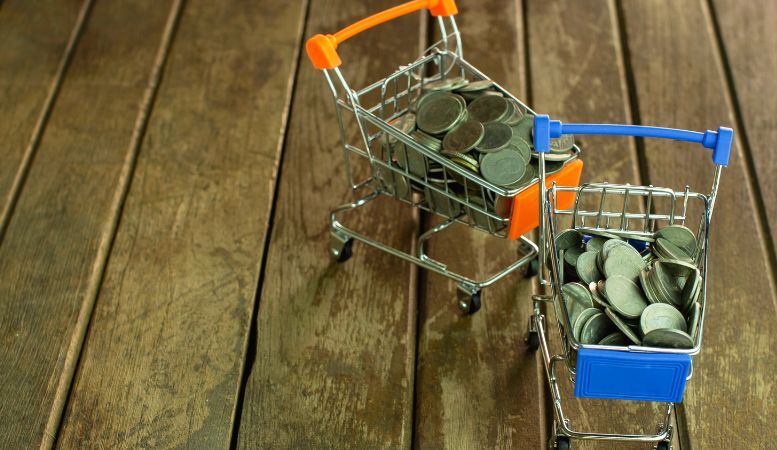
How much will silver be worth if the dollar collapses? The answer partially depends on the nature of the collapse, but the following three scenarios are most likely.
Silver as Alternative Currency
If paper currency like the dollar were to collapse, people would rush to liquidate all their assets. Precious metals would quickly become a form of alternate currency. However, if other global monetary systems don’t fall with the dollar, it’s likely other countries’ currencies would take the place of the dollar rather than an increase in the circulation of silver.
Impact on the Global Economy
Because other countries depend on the strength of the dollar, it’s likely a U.S. currency collapse would have ripple effects worldwide. This would potentially increase the viability of silver and other precious metals as a universal currency.
Precious Metals Investment
As investors seek to diversify their portfolios, they seek gold, palladium, and platinum in addition to silver. With increased trading activity for these other metals, the price of silver would fall as people diversified with other precious metals.
The Role of Inflation in Silver Valuation
Silver maintains an inverse relationship with inflation. As inflation goes down and the dollar increases in value, silver prices decline. When inflation rises and the dollar loses value, silver prices rise.
Silver rarely has rapid or excessive gains and losses, which makes it a stable investment for your portfolio, but you likely won’t get rich from it. When the dollar is strong, people invest their money in higher-risk assets like stocks, which precipitates the drop in silver’s value.
Comparing Silver to Other Safe Haven Assets

Other precious metal safe haven assets, gold, palladium, and platinum, behave differently in the market. How does silver compare to them?
Silver vs. Gold
While many people consider gold the standard of wealth, according to one study available at the Social Science Research Network, it’s actually the most volatile precious metal. It doesn’t weather stock and bond declines as well as silver. While it’s less expensive than both palladium and platinum, it’s more expensive than silver.
Silver vs. Palladium
Palladium is the most expensive precious metal you can invest in. Like other precious metals, it has many industrial uses, ensuring its demand remains high. However, the global supply of palladium is lower than both gold and silver. The metal also relies heavily on mines in two places: South Africa and Russia. Because of this scarcity and isolated mining operations, it’s more likely to suffer supply chain problems than more widely available metals.
Silver vs. Platinum
Platinum provides a middle price point between gold and palladium and remains a popular method of portfolio diversification. The metal doesn’t increase in value during periods of inflation the way silver does, and it suffers volatile swings in value due to its weight and difficulty in mining it. Because a six-inch cube of platinum weighs as much as the average person, it’s more difficult to liquidate, and while it’s technically legal tender, it’s rarely used as such. Silver is a more convenient and stable precious metal for investment.
Factors Influencing Investor Sentiment Towards Silver
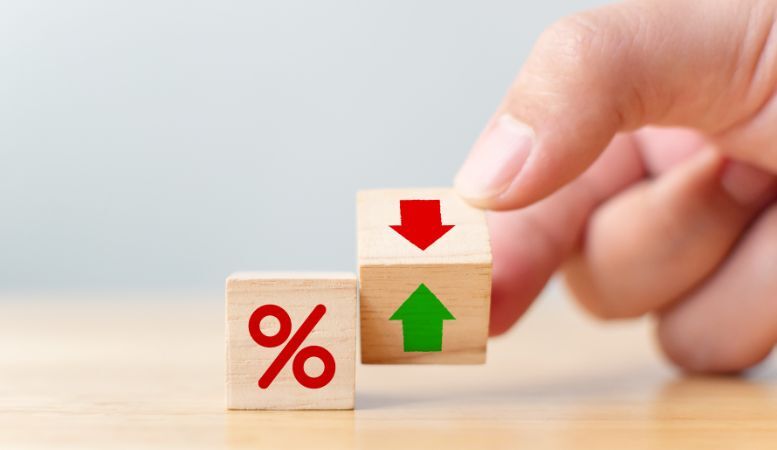
One of the biggest factors that entices investors to purchase silver is inflation. When the dollar experiences devaluation, investors take fewer risks and seek both diversification and stability.
Interest rates also have an inverse relationship to precious metal investments. When interest rates increase, investors seek more short-term gains from assets shielded from interest rates, like silver.
Government Actions and Policies Impacting Silver Prices
Gold prices affect silver prices. As more people invest in gold, the price drops, decreasing the demand for silver. The Federal Reserve’s gold holdings and their yields affect the price of gold and, thus, silver.
Perhaps the largest governmental influence on the price of gold and silver is interest rates. The Federal Reserve sets interest rates and other monetary policies that affect silver prices.
The government also decides how much money to produce, and many U.S. coins contain silver, which means the more coins they mint, the lower the supply of silver.
Expert Opinions on the Future of Silver in a Dollar Collapse
While experts differ in their opinions on whether silver qualifies as an investment or just a safe haven, most financial advisors agree that silver is an important aspect of securing your financial future against the potential collapse of the dollar. Demand for the metal should remain steady or increase, and barring catastrophic, unpredictable circumstances, supply should remain stable.
However, good financial practices mean diversifying your portfolio, and no investment is completely without risk. Always consult your financial advisor before making investment choices.
Strategies for Investing in Silver during Uncertain Times
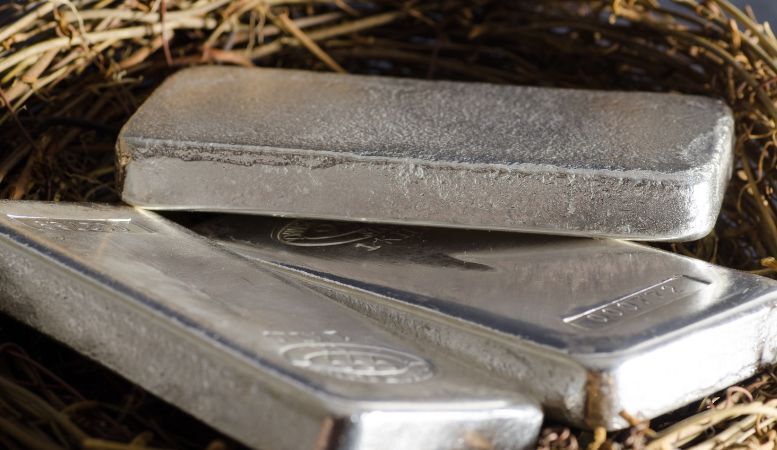
If you’re ready to invest in silver, consider these best practices for purchasing silver.
Invest in Junk Silver
Junk silver refers to silver coins that have no value other than the amount of silver they contain. While some commemorative or collectible coins provide value beyond their silver content, junk coins derive their value from their high concentration of the precious metal, usually around 90%.
Buying junk silver has six primary benefits:
- Junk silver qualifies as legal tender.
- The fractional nature of junk silver makes it easy to use to purchase everyday or low-cost goods.
- While gold coins have a history of confiscation by the government in the past (under President Roosevelt in 1933), junk silver has never been subject to confiscation.
- Because it’s small, junk silver doesn’t require any special storage containers or space considerations. You can store the pieces in a ziplock bag or on a paper roll like you would quarters.
- Junk silver has a low barrier to entry. Whereas you’d spend hundreds of dollars buying a bar of silver, you can buy a roll of silver junk dimes for the price of a coffee.
- You can quickly liquidate junk silver at any pawn or coin shop.
Store Silver Bars
In general, you can purchase silver bars of two, three, or five ounces at a lower cost per ounce than junk silver because they have better production costs. The downside of silver bars is that you need more storage space. Most people use a safe or safety deposit box for security.
Open a Silver IRA
A silver IRA (individual retirement account) provides many of the same benefits as a traditional IRA, such as saving money on taxes, but offers the stability and security provided by investing in precious metals. Oxford Gold Group can help you open and maintain a silver IRA.
Buy Silver Stocks
While stocks are more volatile than physical silver, they’re still a smart way to diversify your portfolio. If you invest in the companies mining the silver, you can benefit from the increase in demand and production without storing or carrying silver.
Contact Oxford Gold Group to Help Secure Your Financial Future
How much will silver be worth if the dollar collapses? While we can’t provide an exact value, most financial experts agree that its value will likely increase.
Oxford Gold Group offers a variety of gold and silver products to get you started with precious metals investing. If you want to supplement your retirement portfolio with silver bullion and bars to diversify your investments in case of a dollar collapse, call us at 855-737-1244.








